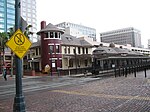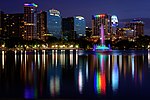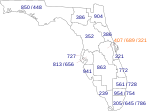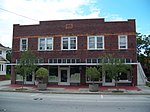Orlando Police Department
1875 establishments in FloridaGovernment of Orlando, FloridaMunicipal police departments of FloridaOrganizations established in 1875

The Orlando Police Department (OPD) is responsible for law enforcement within the city limits of Orlando, Florida. The OPD employs over 800 sworn officers and over 150 civilian employees serving the citizens of Orlando through crime prevention, criminal investigations, and apprehension, neighborhood policing, involvement through the schools with young people and overall delivery of police services. The current Chief of Police is Eric Smith. In May of 2022, Mayor of Orlando Buddy Dyer announced that deputy chief Eric Smith would become chief in November.
Excerpt from the Wikipedia article Orlando Police Department (License: CC BY-SA 3.0, Authors, Images).Orlando Police Department
Hughey Avenue, Orlando
Geographical coordinates (GPS) Address Nearby Places Show on map
Geographical coordinates (GPS)
| Latitude | Longitude |
|---|---|
| N 28.541285 ° | E -81.383455 ° |
Address
Hughey Avenue 98
32801 Orlando
Florida, United States
Open on Google Maps








